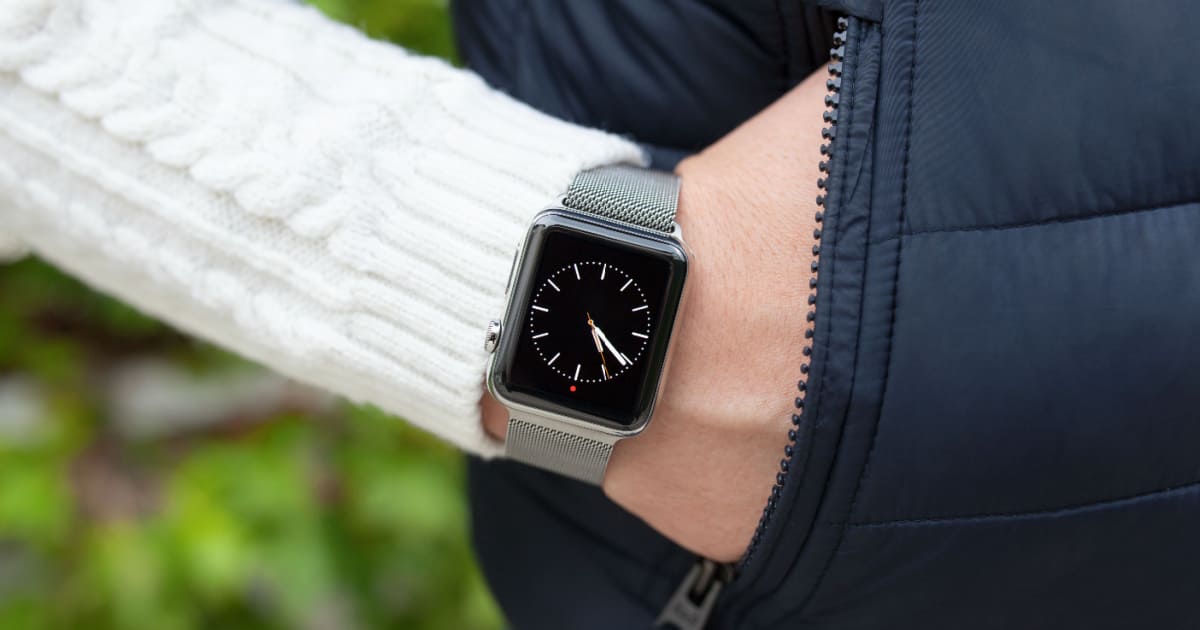This is a move that could herald a revolutionary change in manufacturing. Apple is testing 3D printing technology for the Apple Watch Series 9. The Cupertino-based tech giant will use the technology to produce the steel chassis for some of its upcoming stainless steel Series 9 models. The information comes frominsiders familiar with the matter.
This new methodology replaces Apple’s current practice. That more conventional method employs forging and CNC, or computer numerical control, machines to manufacture its steel watch cases.
A Greener Approach
The 3D printing technique. “binder jetting,” uses a powdered substance to print an object’s general outline at nearly its actual size. This reduces waste, since it only uses as much material as is necessary. The printed material then undergoes a process called sintering. Through that process, equipment uses heat and pressure to transform the material into what feels like traditional steel.
One of the most compelling advantages of the new process is its environmental friendliness. Binder jetting utilizes only the amount of metal needed to form the device enclosures, thereby reducing waste.
The traditional manufacturing method, on the other hand, requires cutting the general shape out of huge slabs of steel. A forging process forms bricks of steel into a smaller block, which a CNC machine then cuts.
The conventional approach results in wasted steel, along with extra time to manufacture. Switching to the 3D printing technology aligns with Apple’s ongoing efforts toward sustainability.
Cupertino also plans to use new materials in its iPhone cases and accessories to replace leather. This further emphasizes its commitment to environmental stewardship.
Streamlining Supply Chain and Production
The new 3D printing method has been in development for at least three years. It holds the potential to drastically streamline Apple’s supply chain. If the Apple Watch tests go as planned, the Cupertino-based tech giant will look to expand this new method to other products in the coming years.
This promises a ripple effect. In fact, it could transform not only Apple’s manufacturing but also set a precedent for the broader tech industry.
According to sources speaking anonymously to Bloomberg’s Mark Gurman, Apple has been discreetly testing the process with steel cases intended for the Apple Watch Series 9. Apple plans to unveil that device on Sept. 12.
There is no confirmation that the first consumer shipments will use the new technique. That being said, its test run suggests the company is earnestly considering the approach.
Financial Implications and Future Applications of 3D Printing Apple Watch Components
Transitioning to 3D-printed watch cases has been a costly venture, to be sure. However, it is expected to simplify production and potentially lower costs over time. For now, the cost per watch case produced using the new method is almost on par with the older method. Economies of scale could make it more cost-effective in the long run.
Apple also plans to apply the process to its titanium Ultra watch. That shift however, probably won’t happen until 2024.
Continuing Apple’s Pattern of Innovation
This experiment with 3D printing for the Apple Watch Series 9 holds to Cupertino’s history of testing new technologies on the smartwatch. Previous innovations debuted on the Apple Watch before making their way to other Apple products. These included the use of steel frames and titanium materials.
Notably, this initiative is one of the first instances of using binder jetting to mass-produce a high-volume metal part. Once again, this emphasizes Apple’s role as a pioneer in manufacturing technologies.
Looking to the Road Ahead
While the work is still in its infancy, Apple is already discussing bringing materials that can be 3D printed, like steel and titanium, to more devices. However, for the time being, the technique will be reserved for lower-volume products.
As with any significant technological shift, there are challenges to overcome, but the successful integration of 3D printing into Apple’s manufacturing could mark a turning point for the industry at large.
